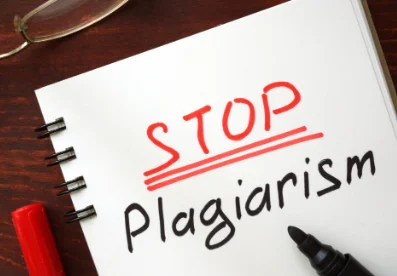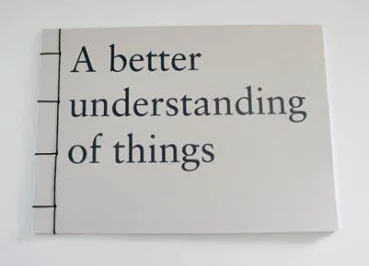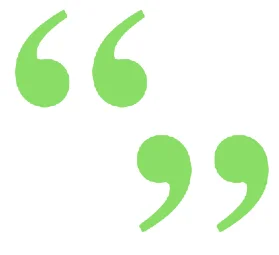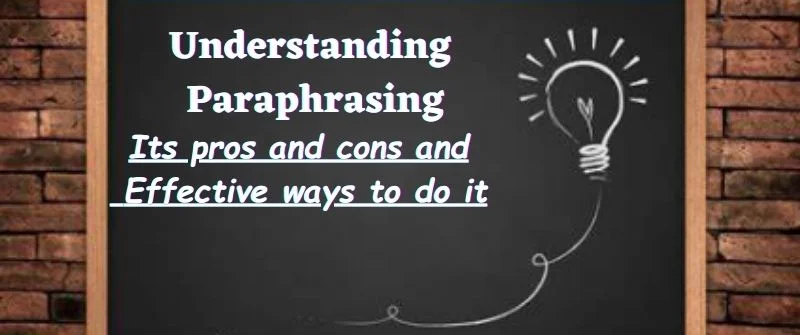Paraphrasing is a crucial ability for both students and teachers in education. Effective paraphrasing can help to reduce plagiarism, show comprehension, and enhance writing abilities.
The advantages and disadvantages of paraphrasing in the classroom will be discussed in this article, along with practical paraphrasing strategies that preserve academic integrity.
Understanding Paraphrasing
Restating information from a source in your own words and structure is known as paraphrasing. It is crucial to avoid plagiarism and prove that one understands the subject.

However, paraphrasing can be challenging because it requires understanding the source material and the capacity to articulate that knowledge directly and understandably.
To paraphrase effectively, one must carefully study and analyze the source material, find the essential ideas, and then rephrase them without copying the author’s language or sentence structure so that they accurately convey the original meaning.
The Controversy of Paraphrasing
Although it is a valuable skill, paraphrasing is not without debate. Some contend that paraphrasing is merely a rewriting technique and does not show comprehension of the subject.
Others contend that paraphrasing might unintentionally cause the source information to be misinterpreted or altered. The degree to which an author’s voice and style should be preserved in a paraphrase is another topic of discussion.
Also, there is another argument that says it is deviating from the original style and the meaning is retained, while some contend that paraphrasing should closely resemble the source.
In the end, good paraphrasing necessitates carefully studying these disputes and knowing the proper situations to apply this talent.
Pros and Cons of Paraphrasing
Advantages
1. Prevents Plagiarism

Avoiding plagiarism is one of the most significant benefits of paraphrasing. The serious offense of plagiarism may carry academic sanctions or legal repercussions.
By paraphrasing the original source, you can avoid duplicating the original content verbatim, one of the most common types of plagiarism.
2. Increases understanding
Additionally, paraphrasing can help you understand a book better. You are compelled to study a text attentively and consider the meaning of each sentence when you paraphrase it.
If you do this instead of just reading the content once and moving on, you may be able to comprehend it more fully.
3. Improves writing abilities
The ability that may be honed with practice is paraphrasing. By paraphrasing various books, you can develop your writing abilities, including grammar, vocabulary, and sentence structure.
Students who are learning a new language or who want to enhance their academic writing may find this to be extremely helpful.
4. Focusses on key elements
By paraphrasing, you can concentrate on a text’s key ideas. When you paraphrase, you are simply giving a personal summary of the text.
Doing so can eliminate irrelevant information and determine the text’s primary points and supporting evidence.
5. Changes for various audiences

Lastly, paraphrasing enables you to modify a document for various audiences. Depending on the audience, you might need to use a different language or simplify hard concepts.
You can adapt a text to your audience’s particular requirements and expectations by paraphrasing it.
Disadvantages
1. Using the original text incorrectly
It can be difficult to paraphrase sophisticated or technically complex source material. The original text’s meaning could unintentionally change if you misread it, which could cause misunderstanding or confusion.
2. Going too far from the source material
Paraphrasing also has the potential drawback of veering too far from the original text. In academic or professional settings where correctness is crucial, this could lead to a text that is not true to the original meaning.
3. Loss of author’s voice
You risk losing the author’s tone and style when paraphrasing a text. When the source text is a literary work or when the author’s writing style plays a significant role in the text, this can be especially challenging.
4. Time-consuming
The process of paraphrasing can take time. If the original language is lengthy or complex, paraphrasing it could take longer than quoting it outright.
5. Hard in conveying emotions
Finally, compared to direct quotations, paraphrasing could be less effective at expressing tone or emotions. The original text could use certain wording, sentence structure, or punctuation to convey feelings or a particular tone, making paraphrasing challenging.
Ethical Considerations of Paraphrasing
Using another person’s thoughts and words when paraphrasing presents ethical questions. It’s crucial to be careful not to pass off someone else’s writing as your own while paraphrasing.

Furthermore, be sure you are not distorting the original author’s work and accurately expressing their thoughts.
The original author’s work should also be credited using appropriate citation and referencing techniques.
Plagiarism allegations have serious effects, including ethical and legal penalties if the source of the original work is not acknowledged.
Therefore, you should consider paraphrasing risks and ethical issues related to it.
Importance of Proper Paraphrasing
1. Enhancing writing abilities
Your writing abilities, including your vocabulary, grammar, and sentence structure, can all be improved with proper paraphrasing.
When you paraphrase a text, you must consider each sentence’s meaning and the most effective method to convey it in your own words. You can do this to hone your writing abilities and increase the potency of your work.
2. Increasing Credibility
|Effective paraphrasing contributes to your trustworthiness. You can demonstrate that you have done your research and are using trustworthy sources by carefully paraphrasing the original language and citing its source.
You can establish trust in academic or professional environments by doing this.
3. Demonstrating Comprehension
Correct paraphrasing also shows that you are aware of the source material. It demonstrates that you have thoroughly read the book and can encapsulate and clarify the key concepts in your own words.

This ability is crucial for academic writing because it is crucial to show that you grasp the material.
Techniques for Effective Paraphrasing
Here are some tips for paraphrasing correctly:
Recognize the Original Text
One must first properly study and comprehend the original material to paraphrase effectively. Determine the main points, concepts, and arguments made by the author.
Find the text’s context by analyzing the language and structure employed.
Use Related Terms and Synonyms
A helpful paraphrasing strategy is to use synonyms and related words. While related terms refer to words closely related to the original word, synonyms are words with the same or a comparable meaning.
Synonyms should be used cautiously because they can have varied meanings depending on the situation.
Modify the Sentence Construction
Altering the sentence structure while preserving the original text’s meaning is another method for paraphrasing.
Change the sentence’s structure by using alternative phrases, clauses, and conjunctions instead of the passive voice.
Employ Quotations

In some circumstances, paraphrasing calls for the use of actual quotations. To prevent plagiarism, quotation marks, and correct source citations must be used. Quotations should only be used when necessary.
Condense and Summarize
When summarizing lengthy and complex materials, it is effective to summarize and condense the original content. It consists of succinctly restating the key concepts and points.
Study and contrast
Read the original text after you’ve rephrased it and contrast it with your interpretation. Ensure the paraphrased language accurately conveys the author’s ideas while maintaining the original text’s meaning.
Final Word
While paraphrasing is good, it is not done well in school. A Turnitin poll found that 95% of students do not fully understand plagiarism and its repercussions, and 58% of high school students admitted to plagiarizing at least once.
This is despite Turnitin being a leading provider of plagiarism detection software.
Effective paraphrasing strategies must therefore be taught and practiced in educational contexts. Paraphrasing can have advantages, but it can also have disadvantages, such as accidentally modifying the original text’s meaning or forgetting to cite sources properly.
For more on that, you can watch this video.
